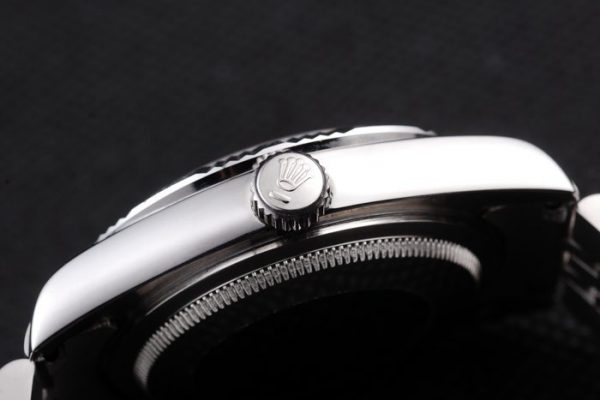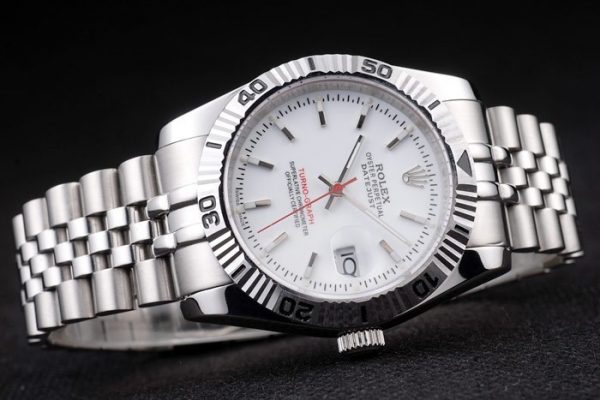Beckett Time Match Series. Patek Philippe versus Richard Mille
Yes, I know! This week we will compare Richard Mille and Patek Philippe. What’s next? Trying to choose between Rembrandt and Banksy?
No brand in the Watch World™ is more traditional than Patek Philippe or more ultra-modern and subversive than Miller. So why have we chosen these two brands to go head-to-head?
Well, even though there doesn’t seem to be much to see at first glance, there are many similarities. Each has reached the pinnacle of reputation in its particular industry sector, no matter how far apart those sectors may be. Both caused tremors in the watch industry, completely changing the watchmaking landscape and contributing greatly to its development today. Each model launched by the two watchmakers can be described as a statement piece and, if we are being crude, really expensive.
Their respective creations are very different in appearance and functionality in some ways, neither so nor so. We’re dealing with two of the most influential and amazing people in the industry, so let’s go into a little more detail.
Another quality shared by our two brands is the importance placed on internal movement. In many cases, the movement becomes the key design element. Both brands rarely release replica watches without a display case back so that the wearer can marvel at the incredible technical artistry within. For the same reason, almost all Mille’s models feature skeletonized dials.
A major difference, however, is where these mechanisms come from. Patek Philippe proudly makes all of its movements in-house, as you would expect from a manufacturer synonymous with watchmaking craftsmanship for the past 183 years.
Patek Philippe brought us the first wristwatches, perpetual calendars, split-second chronographs, and annual calendars and, more recently, pioneered the use of silicon in movement components. Miller took avant-garde to new heights with revolutionary engineerings, such as replacing the traditional movement base plate and mounting components on tubular rods, in the case of the RM012 tourbillon.
But the combination of the two does show great respect for traditional Swiss watchmaking craftsmanship, with bridges, screws, and tourbillon carriages painstakingly hand-finished over days or even weeks.
Generally speaking, either of these watches sells for more than their official price on the second purchase. This is bad news for those who can’t get retail sales (so, almost everyone). However, if by some fluke a watch falls into your hands from an ad, you will have models from almost the only two watchmakers – like most Rolexes – that Forbes believes will not only hold their value but will be able to increase over time steadily.
Patek Philippe and Richard Mille seem to have only the faintest of ties, but they have a lot in common. Another aspect we haven’t discussed is the level of respect that fans of one generally have for the other.
If you’re passionate about fake watches, and we admirers of both brands usually consent to that, there’s no escaping the fact that both brands do incredible work; one steeped in tradition, one beyond the cutting edge.
But games are games, and when all is said and done, you can still appreciate the work of the ancient masters just because your tastes may lean towards the ultra-modern.

